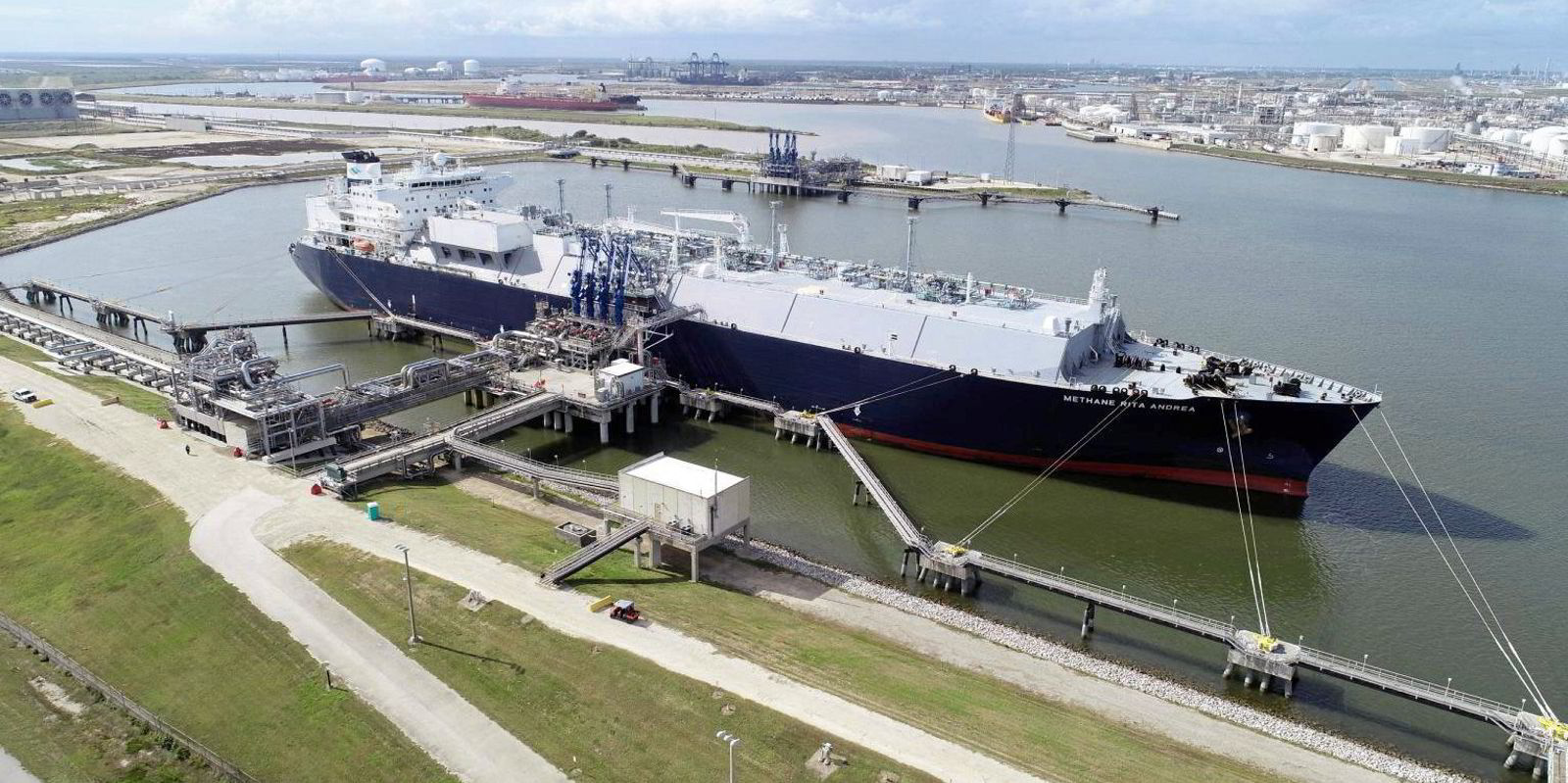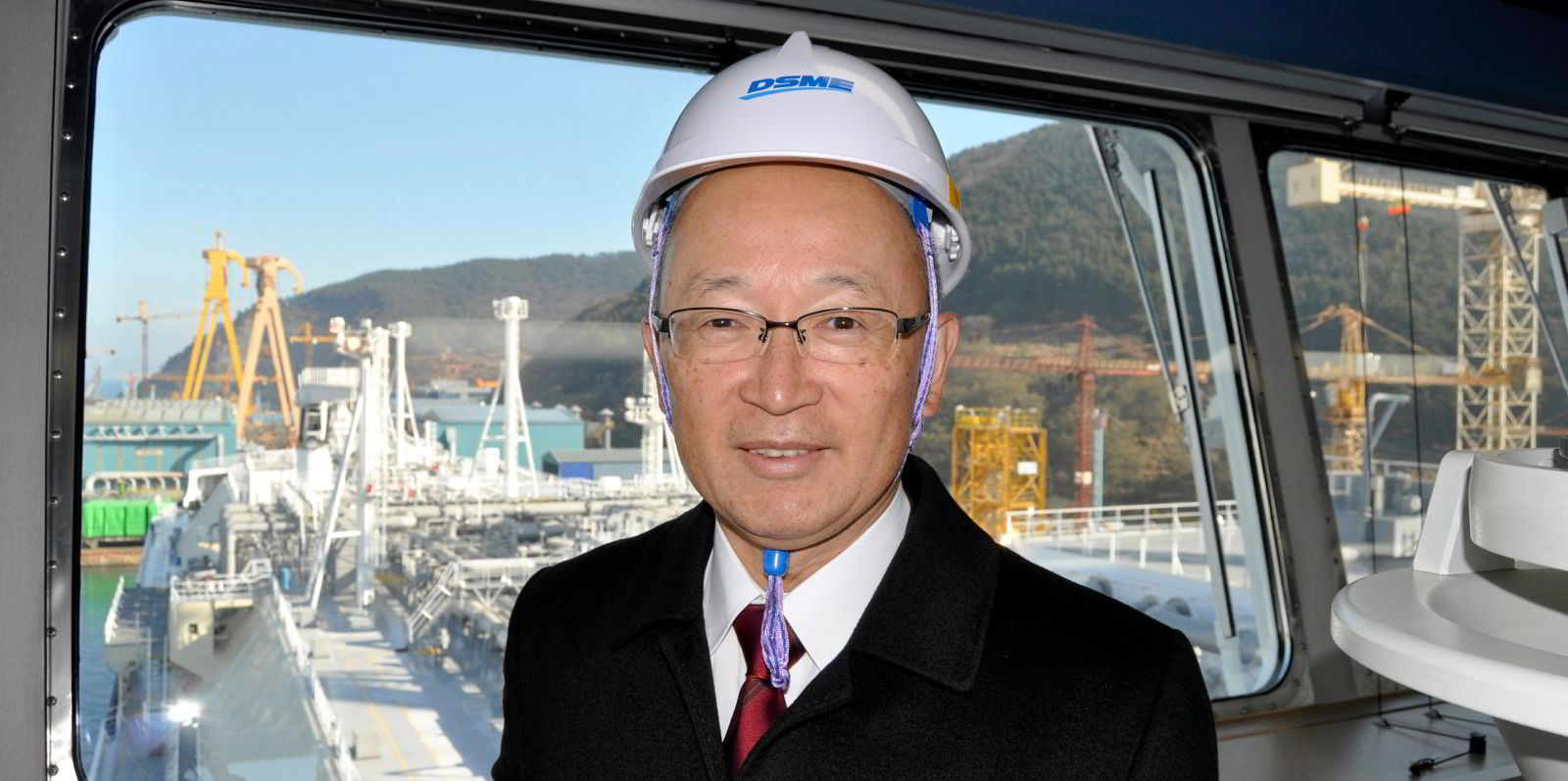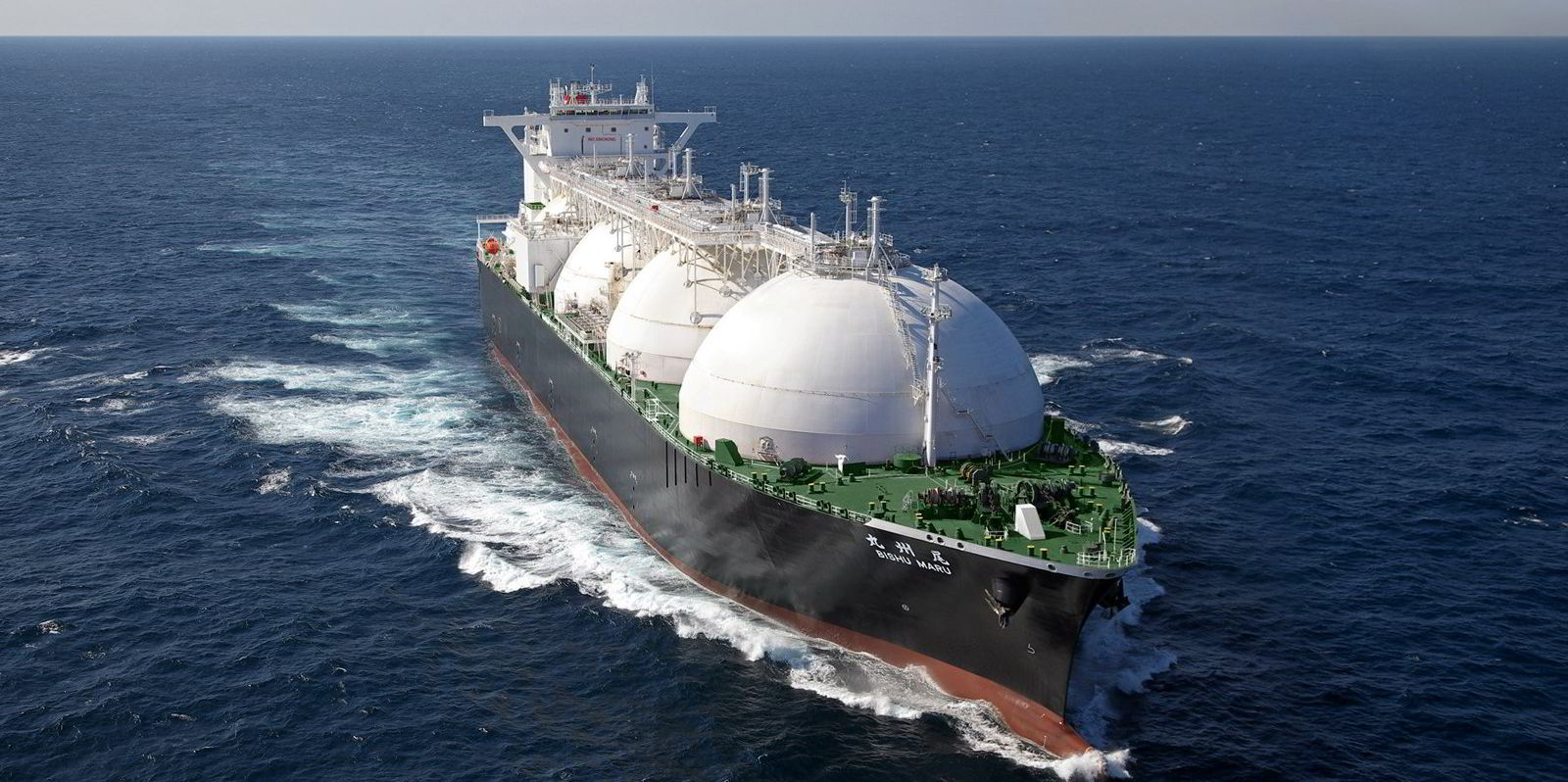Growth in demand for long-haul LNG shipping, as more new volumes come online, is likely to push up demand for tonnage from 2026 onwards, Fearnleys said.
Speaking at the Astrup Fearnley Shipping & Energy Conference, advisor Ina Bjorkum Arneson said the LNG carrier fleet will “grow significantly” by around 180 ships in the next three years due to the record volumes of newbuildings ordered.
She said this will coincide with a period of limited liquefaction volume growth that may result in a period of underutilisation for LNG carriers in 2024 and 2025 as vessels deliver slightly ahead of new projects.
But she said that, as 2022 showed, gas price plays a big role and underutilisation did not result in a soft market.
“This supply-demand balance will tighten quite sharply from 2026, with significant growth in long-haul LNG volumes requiring fleet growth,” she said.
“So more newbuild deliveries will be needed than the ones currently in the orderbook from 2027 onwards.”
Arneson said the current LNG carrier orderbook stands at 282 vessels, which equates to 46% of the live fleet.
At present, she said just 29 vessels are listed for delivery dates in 2027 but with more newbuildings for QatarEnergy and Mozambique LNG expected to be firmed up for dates in this year.
“Securing a slot for 2027 delivery is difficult,” she said.
Arneson said the demand for vessels will not only come from new projects but also fleet replacement, where there is “significant demand”.
Ageing LNG fleet
She highlighted that there are 36 LNG carriers in the existing fleet that are more than 25 years old and nearly 80 that are older than 20 years.
There are also more than 200 steam-turbine vessels that are likely to be penalised under new International Maritime Organization regulations and emissions trading schemes.
Arneson said the LNG shipping sector is currently in a “post-winter” market. Spot rates have fallen on the back of high gas storage levels in Europe and a warmer-than-expected winter that has resulted in lower gas prices.
She said the term market has also seen a downward trend due to the softer spot market. But she said this is expected to pick up again towards the coming winter period as the term availability of modern LNG carrier tonnage remains low.
Arneson said levels of loaded LNG reached a new record in March, with 36 million tonnes loaded largely due to the US-based Freeport LNG terminal coming back online and some increased production from two floating LNG projects — Prelude LNG in Australia and Coral-Sul off Mozambique.
She said distances travelled by LNG cargoes remain low with the majority of US LNG still taking the short voyage to Europe compared to going to Asia and tonne-mile LNG shipping demand below that seen in early 2022.
But Arneson said tonne-time “continues to [be] the driving factor in LNG shipping demand”, with floating cargoes and low average speeds keeping voyage durations high.






